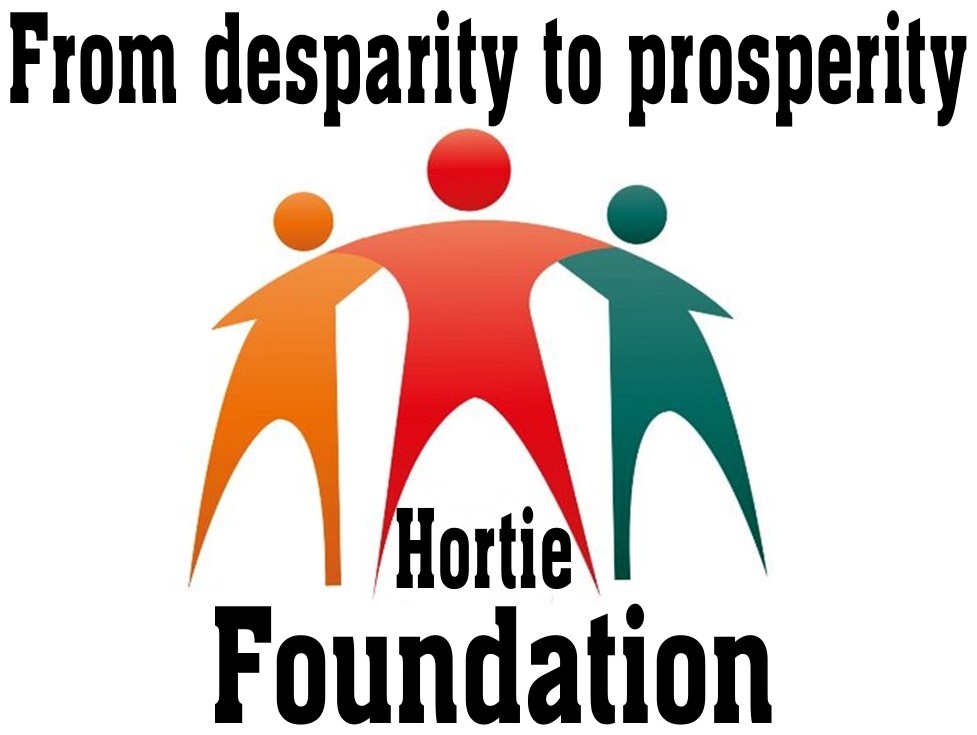HIV stands for Human Immunodefficiency Virus. HIV is the virus that causes AIDS.
your immune system is your bodys defense system. while many viruses can be controlled by the immune system, HIV targets and infects the same immune system cells that are supposed to protect us from germs and illnesss. these cells are a type of white blood cells called CD4 cells(sometimes called T-cells).
without medication to control the virus, in most cases, HIV takes over CD4 cells and turns them into factories that produce thousands of copies of the virus. as the virus makes copies, it damages or kills the CD4 cells, weakening the immune system. this is how HIV causes AIDS.
there many different strains of HIV that are grouped into two main types
- HIV-1: most common type worldwide
- HIV-2: found mostly in west Africa, asia,and Europe
what is AIDS?
AIDS stands for Acquired Immune Deficiency Syndrome. AIDS is the most advanced stage of HIV infection. HIV causes AIDS by attacking CD4 cells, which the immune system uses to protect the body from disease. when the immune system loses too many CD4 cells, you are less able to fight off infection and can develop serious, often deadly, infections. these are called opportunistic infections(OIs) .
when someone dies of AIDS, it is usually OIs or other long-term effects of HIV that causes death. AIDS refers to the weakened state of the bodys immune system that can no longer stop opportunistic infections.
what is the difference between HIV and AIDS?
You do not have AIDS as soon as you are infected with HIV. you can live with HIV(be HIV+) for many years with no signs of disease, or only mild-to-moderate symptoms. people living with HIV and taking HIV drugs as prescribed have a very low risk of progressing to AIDS. but without treatment, HIV will eventually wear down immune system in most people to the point that they have low numbers of CD4 cells and develop opportunistic infections. without treatment, this usually happens in five to ten years.
the definition of AIDS was established before there was effective treatment for HIV. it indicated that a person was a higher risk for illness or death. in countries where HIV treatment is readily available, AIDS is no longer as relevant as it once was. this is because having access to effective treatment means people can stay healthier even with low CD4 counts. also someone could have received the AIDS diagnosis years ago even though they no longer have a low CD4 count. a normal CD4 count is about 500-1500. people with AIDS can rebuild their immune system with the help of HIV drugs and live a long healthy life. even if your CD4 count goes back above 200 or an OI is successfully treated, you will still have a diagnosis of AIDS. this does not necessarily mean you are sick or will get sick in the future. it is just the way the public health system counts the number of people who have had advanced HIV disease.
how do I know if I have HIV?
Most people cannot tell that they have been exposed or infected. initial, or acute symptoms of HIV infection may show up within two to four weeks of exposure to HIV and include.
- fever
- swollen glands
- sore throat
- night sweats
- muscle aches
- headache
- extreme tiredness
- rash
antibodies are proteins that your body makes to mark HIV for destruction by your immune system. the body takes one to there months and occasionally up to six months to develop antibodies to HIV. this three to six month period between getting HIV and the production of antibodies is called ''window period''. therefore, the results of tests that detect antibodies are only reliable one to three months after your expose to HIV.
HOW IS HIV spread?
HIV is spread primarily through contact with the following body fluids:
- blood(including menstrual blood)
- semen(''cum'')and other male sexual fluids(pre-cum'')
- vaginal fluids
- breast milk
HIV is not spread through contact with these body fluids:
- sweat
- tears
- saliva(spit)
- feces(poop)
- urine(pee)
About hermovement
Hortie Foundation is an online platform that provide educational learning content for students and teachers in primary schools and knowledge about HIV/AIDS. And protecting the interest and rights of orphans and vulnerable children .









0 comments:
Post a Comment